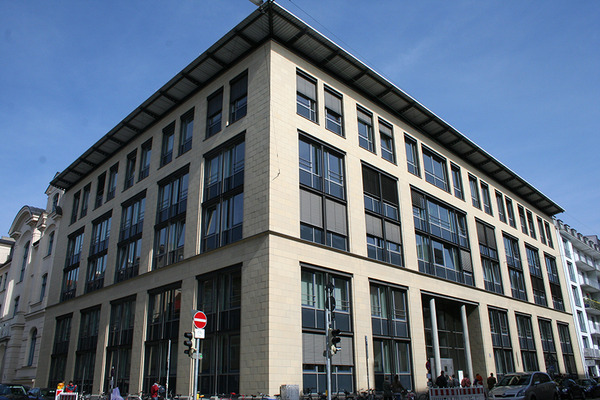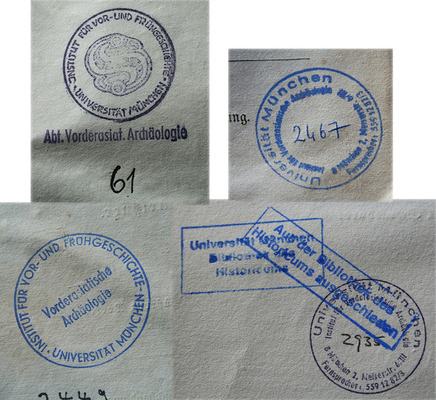Institute
Who headed the Institute, where and when?
Since the formation in the year 1969, the Institute of Near Eastern Archaeology of LMU Munich exists now in its third generation.
Barthel Hrouda (1969-1994), coming from Berlin University, transformed the Institute within only a short period of time from a C3 chair (1964-1967) to an independent one (since 1969). He conducted the first Institute‘ s excavation at Isin. His high reputation attracted international students and colleagues.
With Michael Roaf (1995-2012), the Institute saw its last moving in 1998 and was orientating itself with the bachelor and master degree programs towards the 21st century. Michael Roaf has been involved in the Ziyaret Tepe Project. His focus is on Achaemenid research. He is co-editor of the „Biainili Urartu“ publication.
Adelheid Otto (since 2013), head of the Tall Bazi project for many years, works now in Fara (part of the Qadisiyah Survey Project QADIS) and in Ur (with Elizabeth Stone, Stony Brook University, NY, and Abdulmeer al-Hamdani). She participates in the WALADU Project.
Not only the head of the Institute was in charge of research projects, also the members of the staff could conduct their own fieldwork. Activities in the field reached over the geographical space from Turkey to Uzbekistan, from Aserbaidshan to the United Arab Emirates.
Item in the Institute's collection: Relief with Mithras. The object and documents found together with it supposedly come from the inheritance of Munich-based orientalist Fritz Hommel (1854-1936) and might have reached the Institute in connection with the take-over of books from his son-in-law's library, Theodor Dombart (1884-1969).



 Owner‘s marks in books of the Institute‘s library.
Owner‘s marks in books of the Institute‘s library.